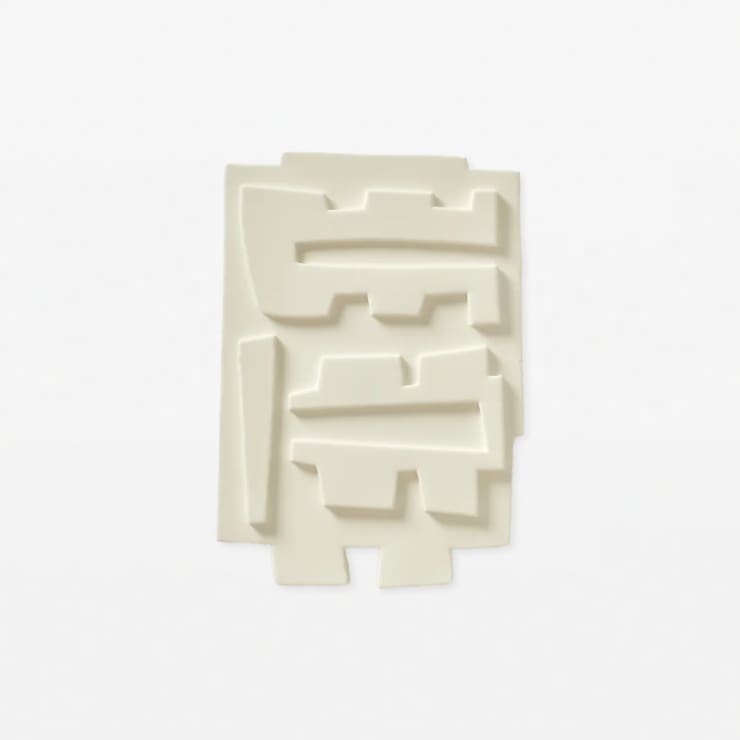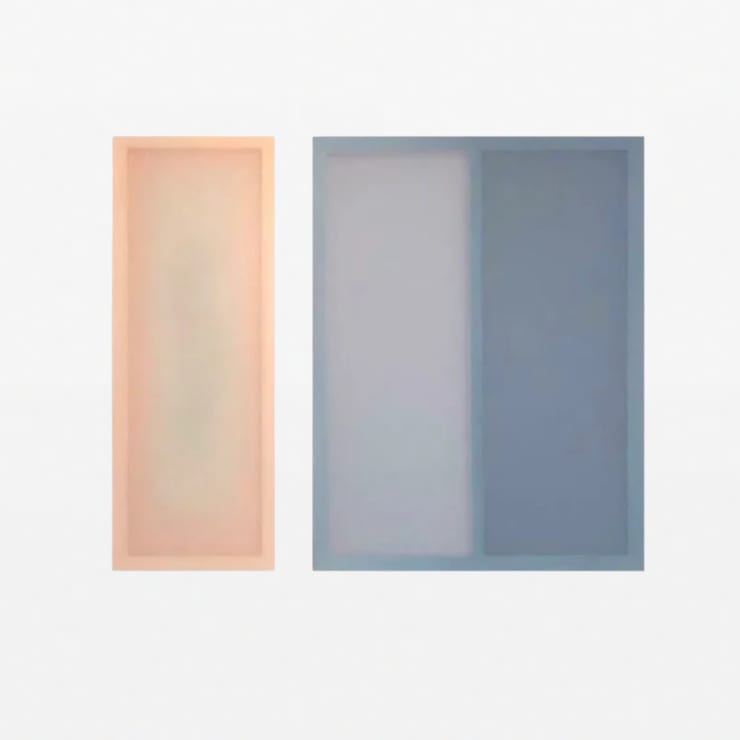-

Alexia Vogel
-

Anna Van Der Ploeg
-

Caroline Collom
-

Caroline Cornelius
-

Colin Pennock
-

Dapeng Liu
-

Eduardo Santos Light Wheels
-

Eduardo Santos
-

Emma Itzstein
-

Erin Chaplin
-

Frances van Hasselt
-

Greg Penn Sculpture
-

Greg Wood
-

Helen Redmond
-

Hermentaire
-

Hilary Herrmann
-

Inga Dalrymple
-

Jenny Lundgren
-

Joel Sorensen
-

Kathryn Dolby
-

Lindsay Blamey
-

Marie Bernard
-

Meg Walters
-

Morgan Shimeld
-

Piet Raemdonck
-

Polly Gilroy
-

Rebekah Stuart
-

Simone Boon
-

Sophia Szilagyi
-

Zak Tilley
-

Zarah Cassim
-

Zoe Amor































